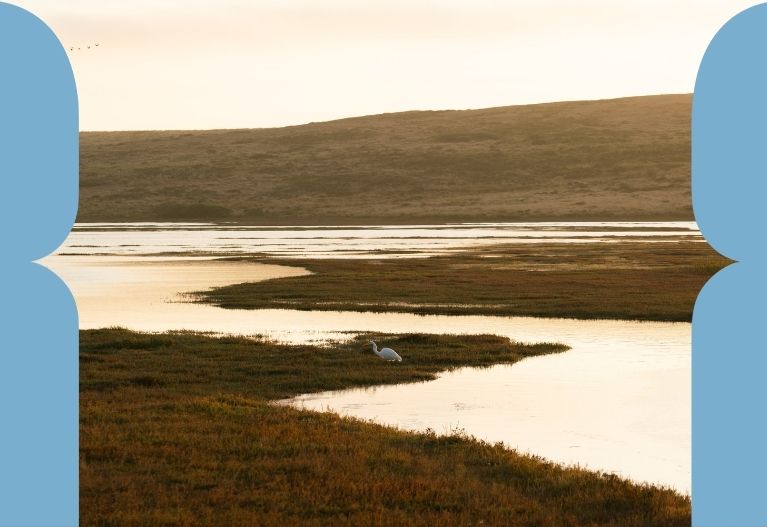WHY KEEP PEAT IN THE GROUND?
A staple for garden hobbyists and commercial growers, peat is the main ingredient in most bagged multi-purpose compost. But as far as the climate concerned, many consider its purpose as a carbon sequester much in peatland more useful.
Peatland, known to the IPCC as our largest natural terrestrial carbon store, is a wetland environment made up of both living and decomposing plant matter. The beauty of these bogs is that the waterlogged conditions are perfect for trapping carbon, locking it under the surface creating what is known as a carbon sink.
When it comes to climate mitigation, these peatlands really are the best in their field: despite covering just 3% of the Earth’s surface they store 1/3 of the worlds carbon. Unfortunately, the rich decaying vegetation is touted for landscaping luscious lawns too. And even though they’ve taken thousands of years to form, we’ve been all too quick to dig it up, leaving 80% of peatland damaged.
WHY WE NEED TO TAKE THIS (VEGETATIVE) MATTER INTO OUR OWN HANDS
Although awareness around the repercussions of peat horticulture is growing, there’s still mulch to do: a recent survey released this year by the Royal Horticultural Society found just 37% of gardeners opt for peat-free. And while a bag of the peat here and there might feel harmless, gardeners account for 70% of peat sales.
The problem is, when harvesting we both damage the living layer as well as release the conveniently contained greenhouse gases into the atmosphere. So much so that this year, a study by Natural England stated that conservation of these areas is crucial to ensuring we meet our target of net zero by 2050. Which is why under a plan to protect peatland, the UK government have stated a total ban on peat as an option for household compost as of May 2024.
While it’s good to have the 2024 goal in mind, a decade ago they set the same target for 2020 which was described as an “abject failure”, so it kind of feels like they’ve been potting it off… Until then, it’s in our hands to make sure we’re planting with the planet in mind.



